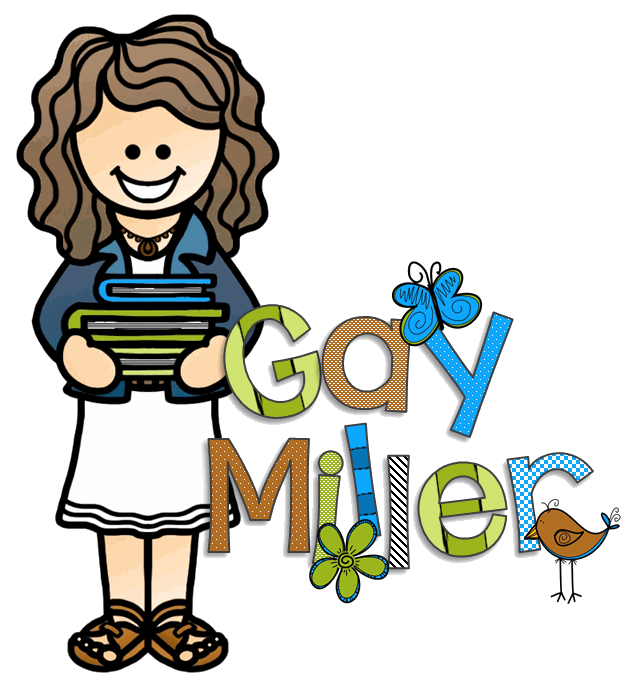
Teaching students to understand proverbs and adages improves reading comprehension. These sayings have meanings beyond what can be understood in their individual words.
What Are These Sayings Anyway?
Adages and proverbs are both forms of traditional sayings that offer wisdom or advice based on common sense or experience. While they are similar, there are subtle differences between the two.

- Adage – a general truth that’s been around the block a few times – These sayings are like vintage jeans—classic and dependable.
- Example: “A penny saved is a penny earned.” (Ben Franklin and every responsible adult ever.)
- Proverb – a type of adage that’s especially well-known and widely used – Proverbs tend to have rhythm, rhyme, and a dash of poetry to them.
- Example: “Actions speak louder than words.” (You know this one. It’s been tattooed on coffee mugs, wall art, and motivational posters everywhere.)
All proverbs are adages, but not all adages are proverbs. It’s a rectangle-square situation. Don’t worry—your students will get it (especially with a little help from the activities below).
Example List
- Two wrongs don’t make a right.
- Slow and steady wins the race.
- Early to bed and early to rise make a man healthy, wealthy, and wise.
- People who live in glass houses should not throw stones.
- There’s no place like home.
- Keep your friends close and your enemies closer.
- If you can’t say something nice, don’t say anything at all.
- Never look a gift horse in the mouth.
- Opposites attract.
In short:
An adage is an old saying that tells a truth about life.
A proverb is a famous type of adage that lots of people know and often gives advice or teaches a lesson.
If it’s short, wise, and sounds like something your grandma might say, it’s probably an adage. If it’s really famous, it’s a proverb too!
Proverb and Adage Activities
Activity #1 Adages vs Proverbs Organizer

Let’s cut to the chase—literally. With this two-door flip organizer, students cut and fold a single sheet of paper to create interactive “doors” labeled Adage and Proverb. Inside each flap, they:
- define the term
- illustrate an example
- explain the meaning
It’s a hands-on way for students to compare the two while secretly sneaking in vocabulary and critical thinking. Bonus: It also satisfies that one student who lives to color in class.
Activity #2 Proverbs by Theme Organizer

This one’s a favorite! Students create a tabbed booklet organized by themes like:
- wisdom
- honesty
- family
- foolishness
- happiness
Each tab is a new chance to explore meaningful sayings and how they apply to real life. It’s like teaching language and life skills all in one go—score! Students write, illustrate, and categorize proverbs, making it easier for them to recall and apply them later.
Prefer digital? I’ve got you covered with a Google Slides version. Print or assign online—whatever fits your classroom setup best.
Activity #3 Video from Clarendon Learning

This video introduces students to proverbs and adages in a friendly, engaging way. Link’s in the handout.
Activity #4: Proverb and Adage Matching Game

Create a game where students match the beginning of a proverb or adage with its ending.
Here are a few examples from the handout:
- The early bird ➔ gets the worm.
- A picture is worth ➔ a thousand words.
- Actions speak louder than ➔ words.
- Don’t judge a book by ➔ its cover.
- Better late than ➔ never.
- Birds of a feather ➔ flock together.
Just print, cut, and you’re good to go—no laminator required (unless you’re feeling fancy).
Proverbs and sayings may seem like small parts of language learning, but they teach important lessons. They help students understand deeper meanings, think critically, and recognize wisdom from the past.
With a little creativity (and these ready-to-go activities), your classroom will be full of students who not only understand the sayings but maybe even start using them in their writing and conversations.
Get the handout, gather your supplies, and enjoy watching your students connect with these timeless truths.
And remember…
“Even the wisest can learn something new in a classroom.” – (Okay, maybe I made that one up… but it sounds like it could be on a poster, right?)
Check out the entire series on figurative language.
See the product that inspired this post.
If you are looking for more figurative language teaching ideas, check out my Figurative Language Unit on TPT.




